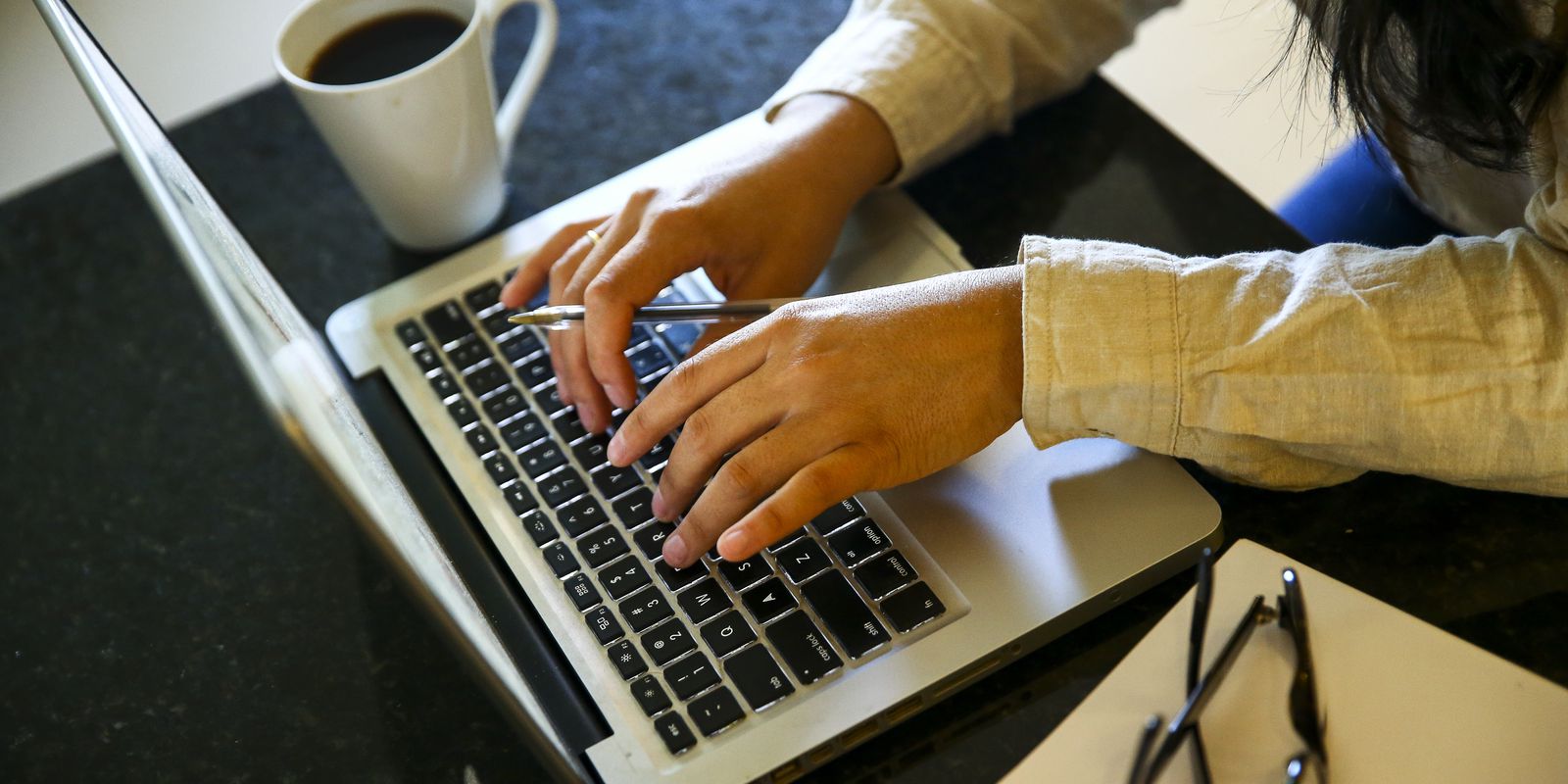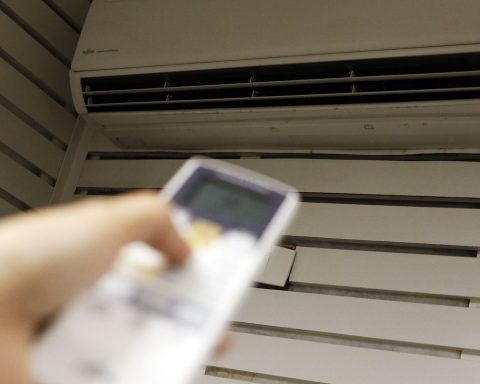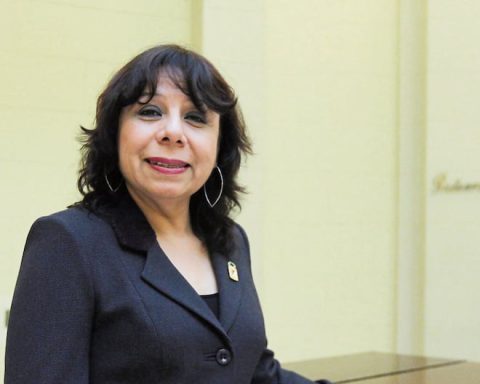The week begins and the customers of the bakery Lida Ribeiro receive, through a broadcast list, a motivational message. This was the strategy adopted when she started using the internet in business: “Every Sunday she sent a message to start the week well, messages with positivity. And then there were always three or four orders,” she says. 
the owner of A Mineira Gourmet Dessert considers the internet an important ally in sales. Now, motivational messages have left the broadcast list and are posted on status. Through social networks, she currently receives at least 90% of requests.
The internet is also the work tool of the digital entrepreneur Tayane Andrade, who works up to 14 hours a day when he needs to execute a project. “It’s a very rich world in terms of content. A world where you can work and support yourself”, she defends.
Both Elida and Tayane are not rules among Brazilian women. Despite being more connected to the internet than men, women still use the internet less for work or study.
The research Women and Technology – Data on female access to Information and Communication Technologies, from the platform best plan, shows that 85% of women aged 10 and over are internet users. This percentage among men is lower, 77%.
Despite this, they use the internet less for work. In 2020, in the midst of the covid-19 pandemic, 32.47%, practically one in three women, used the internet to carry out work-related activities. Among men, 44.16% used it.
O study was made from data from Regional Center for Studies for the Development of the Information Society.
Routine on the network
Social networks entered Elida’s routine because of a client. In Brasília, she made sweets and took them to sell in the city’s bars. That’s when a client helped her create profiles on social media. She then proceeded to post where she would be making the sales. Soon, she began to receive orders. online and to expand the business, hiring female employees for the company. When the pandemic came, it was already well established. online and that, according to her, was fundamental.
“My mother depended on people to buy, eat and enjoy. Today, there is this free tool that is Instagram”, says Elida, who learned to make cakes and sweets from her mother and grandmother, who had the same craft.
If it’s not possible to conquer customers through the stomach, she conquers through the eyes: she only posts what “makes you want to eat with your eyes”, she says. “Our sweets are 100% handmade and made daily. We take lots of pictures. The care we have is if we look at the photo and feel like eating. It’s the first thing. Do you feel like eating? If yes, I will disclose and, if not, I will not disclose”.
A lot of work
For Tayane, the work online, especially during the pandemic. “This pandemic did not have a good thing, but if I have anything to be thankful for from this time I stayed at home, it’s precisely knowing that a digital world exists. It’s a privilege,” she says.
Tayane taught entrepreneurship classes to women. With the need for social distancing, classes became online in the pandemic. That’s when she realized all the difficulties faced by other women, ranging from lack of money to buy connection packages, lack of equipment to lack of time and priority to dedicate to studies. As the family sometimes had a single cell phone, “the preference was for those who worked on the street or for the husband, never hers”, she says.
When they managed to spend a lot of time in front of screens, dedicating themselves to studies, it seemed like they were doing something wrong. “They were a little uncomfortable spending so much time on the business because it was awkward and it felt like they weren’t doing anything. At first, I was uncomfortable with it too, and if I don’t take care of it, to this day we are bothered because it seems like we’re not doing anything. But it’s just as much work as any other activity, sometimes even more.”
Today, Tayane stopped teaching and dedicates herself to her own business, where she offers mentorships and works with marketing digital.
Out of the digital market
According to the research, the low proportion of women working in the network may be related to the high concentration of the female population in conventional jobs, which require little contact with spaces online. “Perhaps a part of the female population is still concentrated in activities that do not require work. onlinebut more face-to-face, physical, as maids or even taking care of the house itself”, says one of the partners of Melhor Plano, Mariah Julia Alves.
“Most women have access to the internet and this is very positive”, she adds. “But these accesses have been used in everyday functions – they use messages, voice calls, to watch videos, access social networks, things that are very personal and that are not related to education, professional development”.
Inequality is also in training. The study shows that only 19.81% of the women interviewed revealed that they had taken distance learning courses in 2020. Among men, the percentage was 22.68%.
“This reflects many of the inequalities, in all aspects, that affect us”, analyzes the professor at the University of Brasília (UnB) Catarina de Almeida Santos.
“We faced great difficulty for girls and women to take their courses remotely, during the pandemic]. When they are at home, no one understands that they are studying. Often, they need to look after their child or are called to do another activity. The home infrastructure itself does not allow women to have this time and space”, says Catarina.
Other inequalities
Cetic.br data show that there are a number of inequalities in internet access in Brazil, including the type of equipment through which the network is accessed. Men have more access to multiple devices, while women access the internet more through cell phones, equipment that tends to limit some network functions.
The survey Use of Information and Communication Technologies in Brazilian Households (TIC Households) reveals that black women accessed the internet exclusively via cell phone (67%) in greater proportions than white men (42%). On the other hand, they carried out financial transactions (37%), public services (31%) and courses (18%) over the internet in much lower proportions than white men (51%, 49% and 30%, respectively).
“This issue of access and use of information and communication technologies was inserted in a social cultural context, that is, if you are in a sexist society, in which women have fewer opportunities in offlinethis will also translate to the world online”, says the coordinator of the ICT Households survey, Fabio Storino.
According to the analyst at the Information and Coordination Center of Ponto BR (NIC.br), Cetic.br agency, Javiera Macaya, this inequality of access and opportunities on the internet begins at an early age. “It is necessary to have gender accessibility, to have accessibility considering racial issues. Always thinking about public policy, about data, not stopping at a first layer of analysis, but including other variables that are important, even more so in the Brazilian context,” she says.
The researchers emphasize that it is necessary to guarantee access to the internet, but also the quality of this use for everyone, which includes quality equipment and high connection speeds.
“We need to prepare our society for this increasingly digital world, think of policies with which we can work the digital skills necessary to achieve the activity online”, says Storino. “It’s no use for the government and companies to be digital if there is a population that is not yet digital, that is still analog, that needs to develop certain skills. We need to work all of this together,” he adds.

















